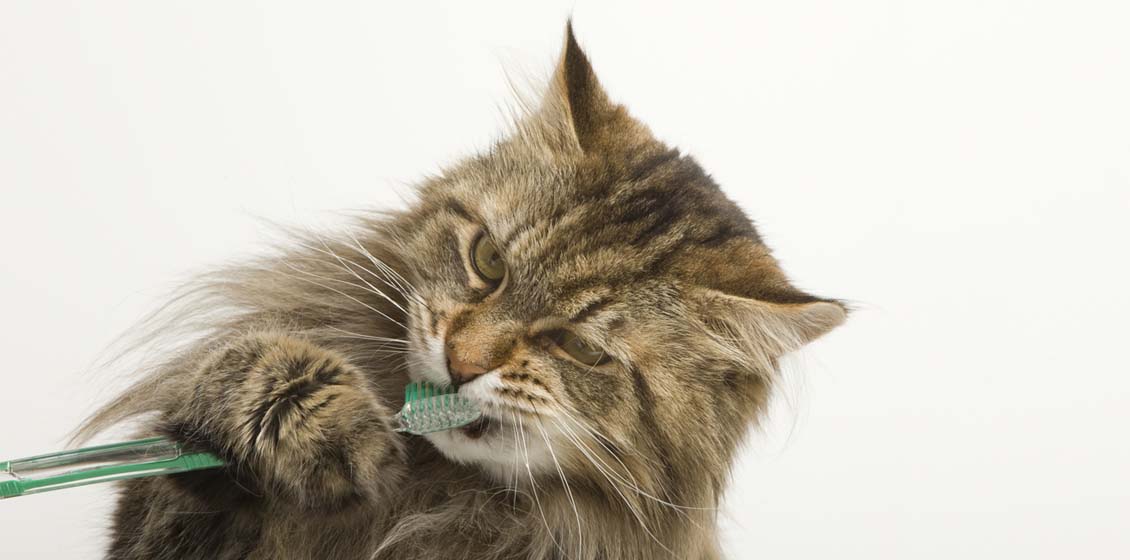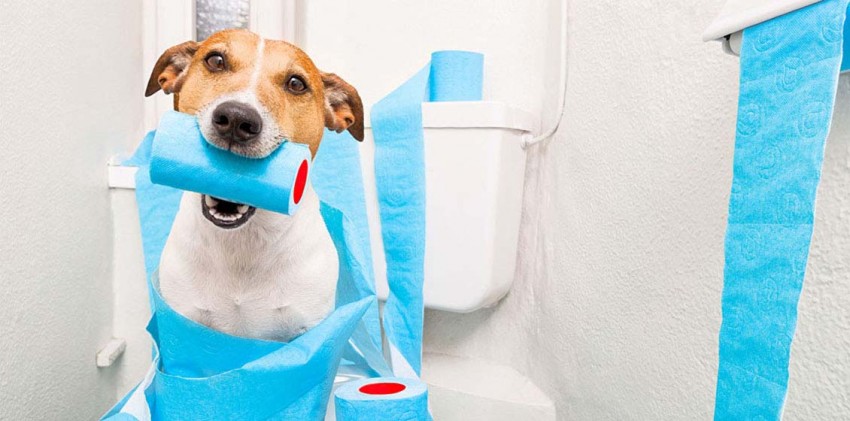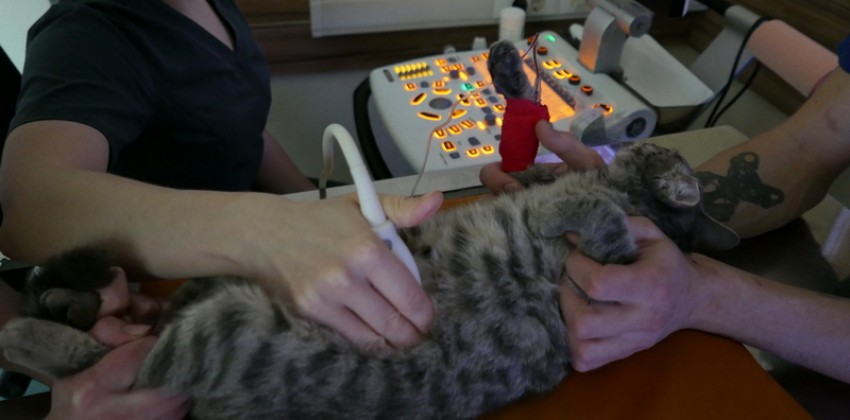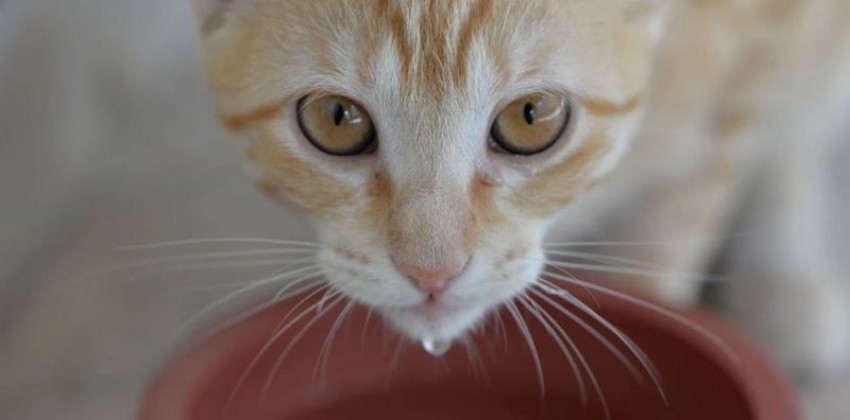Nobivac Vaccine
 Vaccination is a mandatory measure that protects the animal from infectious diseases. Dangerous bacteria or viruses can enter the body of a pet even in those cases when it does not happen on the street at all, because the pathogen can be brought into the house by the owner. The danger of infectious diseases lies not only in the risk of death of the animal, but also in the possibility of human infection (rabies, leptospirosis).
Vaccination is a mandatory measure that protects the animal from infectious diseases. Dangerous bacteria or viruses can enter the body of a pet even in those cases when it does not happen on the street at all, because the pathogen can be brought into the house by the owner. The danger of infectious diseases lies not only in the risk of death of the animal, but also in the possibility of human infection (rabies, leptospirosis).
What is a vaccine
One of the most popular vaccines in veterinary medicine today is the vaccine Nobivac (manufacturer – Intervet, Holland). It is an immunobiological preparation containing attenuated (weakened) live strains of infectious agents. Depending on its composition, Noivivac vaccine can be monovalent (contains one type of pathogen) and polyvalent (protects from several infections at once).
What is immunization for? For the first 2 months after birth, the animal’s body is protected by the mother’s antibodies, obtained together with colostrum (passive colostral immunity). Further, maternal antibodies cease to perform their protective function, and animals become vulnerable to infection by pathogenic microbes, especially when in contact with other animals and the street. With the introduction of the vaccine in the body live cultures of infectious agents that provoke the immune response and the active formation of resistance (immunity) to these diseases.
Vaccinations are done according to a special scheme (it can vary depending on the epizootic situation in a particular geographic area and the biological preparations used). 3-4 weeks after the initial administration of the vaccine is repeated immunization. Persistent active immunity to infections is formed 10 days after revaccination. The tension of the formed immunity provides protection against infectious diseases for 1 year. Immunization of animals must be repeated every year.
Types of vaccine
There are nobivac vaccine for cats, dogs and rabbits.
For cats release the following types of drug:
Nobivac Bb is a vaccine containing attenuated strains of bordetelosis virus cats. Available with Nobivac Diluent liquid solvent.
Nobivac Ducat – aims to prevent viral rhinotracheitis and calicivirus infection.
Nobivac Rabies is a monovalent anti-rabies drug.
Tricat Trio – provides active immune protection against infectious rhinotracheitis, calicivirus and feline panleukopenia.
For dogs use the following types of this vaccine:
Nobivak DHP – protects against the plague of carnivorous, parvovirus enteritis in dogs and infectious hepatitis.
Nobivak DHPPi – is used to protect against parvovirus enteritis, plague, hepatitis and parainfluenza.
Nobivac KC – prevents infection with bordetellosis and parainfluenza viruses.
Nobivac Lepto and L4 – for the prevention of leptospirosis.
Nobivak Puppy – protects against parvovirus enteritis and plague.
Nobivac Rabies – forms immunity against rabies.
Nobivak RL – stimulates the immune response against rabies and leptospirosis.
For rabbits available:
Nobivac Myxo-RHD – induces the formation of resistance to myxomatosis and viral hemorrhagic disease.
Composition and release form
The drug is available in glass vials. Dry live vaccine appears as a powdery mass of pale pink or white. Solvent in the form of colorless transparent solution is applied to it. As a solvent, a liquid vaccine (Nobivac Rabies, RL) can be used – a suspension from light yellow to raspberry color.
Dose and method of use
The dose of vaccine is the same for all animals regardless of their breed, weight and age. One bottle of the drug contains one dose of it. The vaccination is administered subcutaneously, intramuscularly or intranasally. In the veterinary passport of the animal is the corresponding mark on immunization.
Complications and contraindications
For 2 days after administration of the vaccine, slight hyperemia and edema may occur at the injection site, which are not dangerous and disappear on their own. Body temperature may rise slightly. In rare cases, there are individual manifestations of hypersensitivity of the animal to a foreign protein (anaphylaxis).
In order to avoid complications and adverse reactions, vaccinations should be done only in the veterinary clinic, which is responsible for the quality and safety of the drugs used. Immunization is not carried out in febrile and hypo-immune conditions, infectious and parasitic diseases.
Vaccines should be stored and transported at a temperature from +2 to + 8⁰С, in a dry and dark place. The term of their usability is no more than 24 months.
You can buy Nobivac vaccine in Minsk and vaccinate an animal at the Vetprofi clinic. Here, highly qualified veterinarians with extensive experience in immunoprophylaxis of infectious diseases in animals are receiving.
Let your pet be protected!



